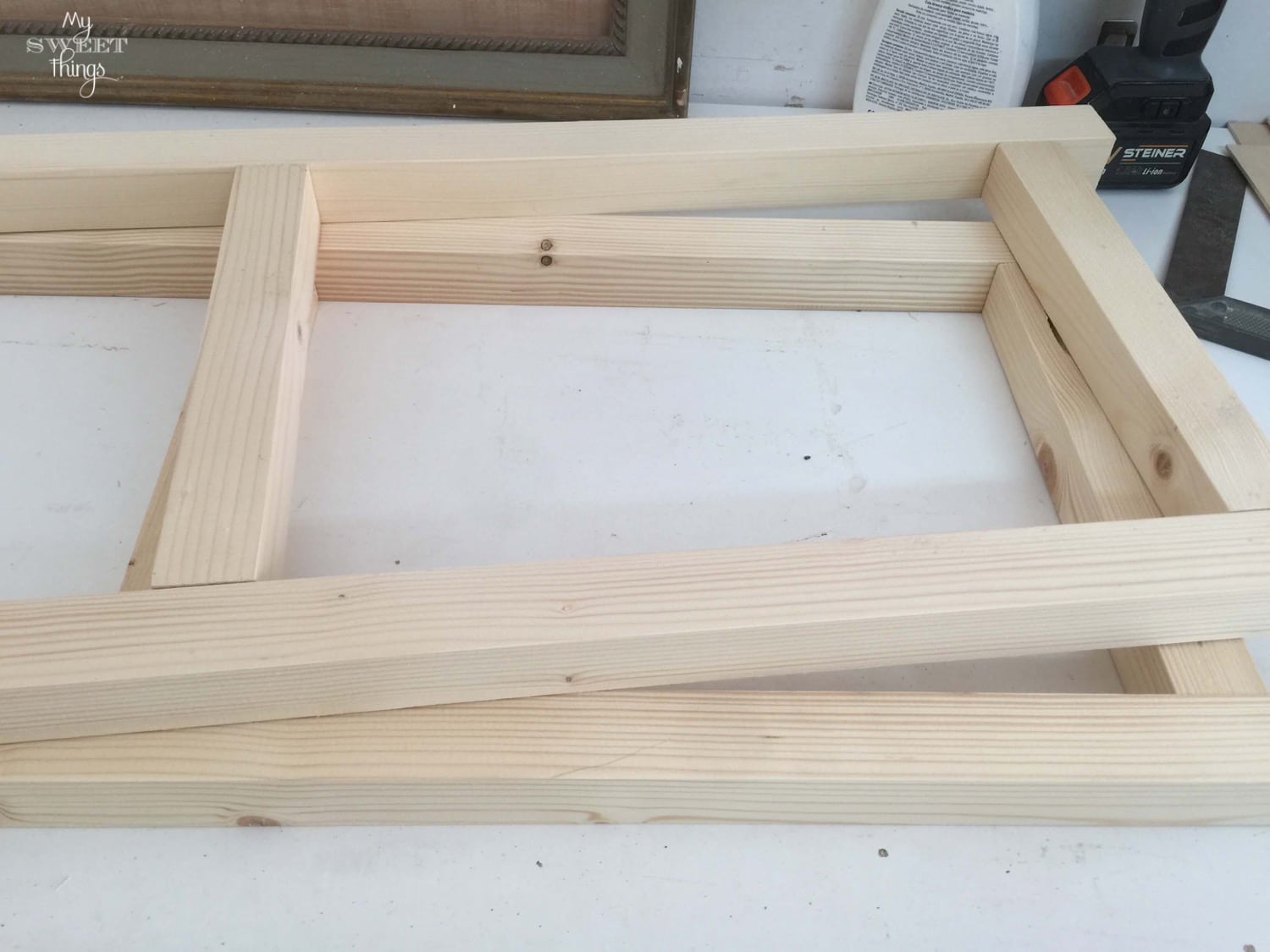Cabinet Design Variations: Wood File Cabinet Plans

This section details three distinct wood file cabinet plans: small, medium, and large. Each design considers functionality, material usage, and construction techniques suitable for a DIY enthusiast with moderate woodworking skills. The plans provide dimensions, material lists, and construction methods, allowing for customization based on individual needs and preferences.
Small File Cabinet Dimensions and Construction
The small file cabinet is ideal for home offices or limited spaces. Its compact design prioritizes efficiency without compromising functionality.
- Overall Dimensions: 30cm (W) x 40cm (D) x 60cm (H)
- Drawer Dimensions (2 drawers): 26cm (W) x 36cm (D) x 12cm (H) each
Construction employs simple butt joints reinforced with wood glue and screws for the cabinet sides, back, and bottom. Drawer fronts are attached using rabbet joints for a clean look. Dovetail joints are not necessary for this smaller scale project. Simple drawer slides are sufficient.
Medium File Cabinet Dimensions and Construction
The medium file cabinet offers a balance between storage capacity and footprint. It’s suitable for small to medium-sized offices or workshops.
- Overall Dimensions: 45cm (W) x 50cm (D) x 80cm (H)
- Drawer Dimensions (3 drawers): 41cm (W) x 46cm (D) x 15cm (H) each
This design utilizes mortise and tenon joints for the cabinet frame, providing increased strength and stability compared to the small cabinet. Drawer construction uses dado joints for precise fitting of the drawer sides and bottom. Metal drawer slides are recommended for smoother operation.
Large File Cabinet Dimensions and Construction
The large file cabinet provides ample storage for extensive document archiving. It’s ideal for larger offices or professional settings.
- Overall Dimensions: 60cm (W) x 60cm (D) x 100cm (H)
- Drawer Dimensions (4 drawers): 56cm (W) x 56cm (D) x 18cm (H) each
For superior strength and durability, this cabinet uses half-blind dovetail joints for the frame. This intricate joinery method enhances the cabinet’s structural integrity and provides a visually appealing detail. The drawers also utilize dovetail joints, and heavy-duty drawer slides are essential.
Material Requirements Comparison
This table compares the material requirements for each cabinet size. Quantities are estimates and may vary based on wood thickness and specific design choices.
| Cabinet Size | Wood Type & Amount (approx.) | Hardware | Estimated Cost (USD) |
|---|---|---|---|
| Small | Pine: 10 board feet | 2 drawer slides, 4 knobs, screws, wood glue | $50 – $75 |
| Medium | Oak: 20 board feet | 3 drawer slides, 6 knobs, screws, wood glue | $100 – $150 |
| Large | Mahogany: 35 board feet | 4 heavy-duty drawer slides, 8 knobs, screws, wood glue | $200 – $300 |
Construction Techniques and Materials

Building a two-drawer wood file cabinet is a rewarding DIY project that blends practicality with a touch of personal style. This guide provides a step-by-step approach, focusing on simplicity and safety, allowing you to create a functional and aesthetically pleasing addition to your workspace. Choosing the right wood and tools is crucial for a successful outcome.
Step-by-Step Construction of a Two-Drawer File Cabinet
First, create detailed plans outlining the dimensions of each component: the cabinet body, drawers, drawer fronts, and any additional features. Accurate measurements are essential for a well-fitting cabinet. Next, cut the wood pieces according to your plans, ensuring clean, precise cuts using a miter saw or hand saw. Pay close attention to safety, always wearing appropriate safety glasses and hearing protection. Assemble the cabinet body using wood glue and screws, reinforcing joints with corner braces for added stability. Remember to clamp the pieces firmly while the glue dries. Then, construct the drawers using the same methods, ensuring smooth drawer slides. Attach the drawer fronts to the drawer boxes, and install the drawer slides into the cabinet body. Finally, sand all surfaces to achieve a smooth finish, paying particular attention to any sharp edges. Apply your chosen finish, whether paint or stain, to enhance both the aesthetics and durability of the cabinet.
Wood Selection for File Cabinet Construction
Pine, oak, and maple are popular choices for woodworking projects. Pine is cost-effective and readily available, offering a softer wood that is easier to work with, but it is less durable than oak or maple. Oak offers superior strength and durability, making it ideal for a file cabinet that will withstand regular use. However, it is more expensive than pine and can be more challenging to work with. Maple provides a smooth, hard surface with a beautiful grain, combining strength and aesthetics. It is a more expensive option than pine, but its durability and visual appeal make it a worthwhile investment for a high-quality file cabinet. The choice ultimately depends on your budget and desired level of durability and aesthetic appeal. For instance, a pine cabinet might be suitable for a less demanding home office, while oak or maple would be better suited for a professional setting.
Essential Tools for File Cabinet Construction, Wood file cabinet plans
Choosing the right tools is vital for efficient and safe woodworking. A comprehensive list includes:
- Measuring Tape: Accurate measurements are essential for precise cuts and assembly.
- Miter Saw (or Hand Saw): For accurate cutting of wood pieces.
- Drill: Used for creating pilot holes for screws and for attaching drawer slides.
- Screwdriver (or Drill with bits): For fastening screws.
- Clamps: To hold pieces firmly during glue-up and assembly.
- Wood Glue: For strong and durable joints.
- Sandpaper (various grits): For smoothing surfaces and preparing for finishing.
- Safety Glasses and Hearing Protection: Essential for safety during woodworking.
- Wood Plane (Optional): For smoothing and leveling wood surfaces.
- Chisels (Optional): For fine adjustments and shaping.
Alternative tools may include a jigsaw in place of a miter saw for more intricate cuts, and a hand drill can replace a power drill for smaller projects. Always prioritize safety by using appropriate safety gear and following safe working practices.
